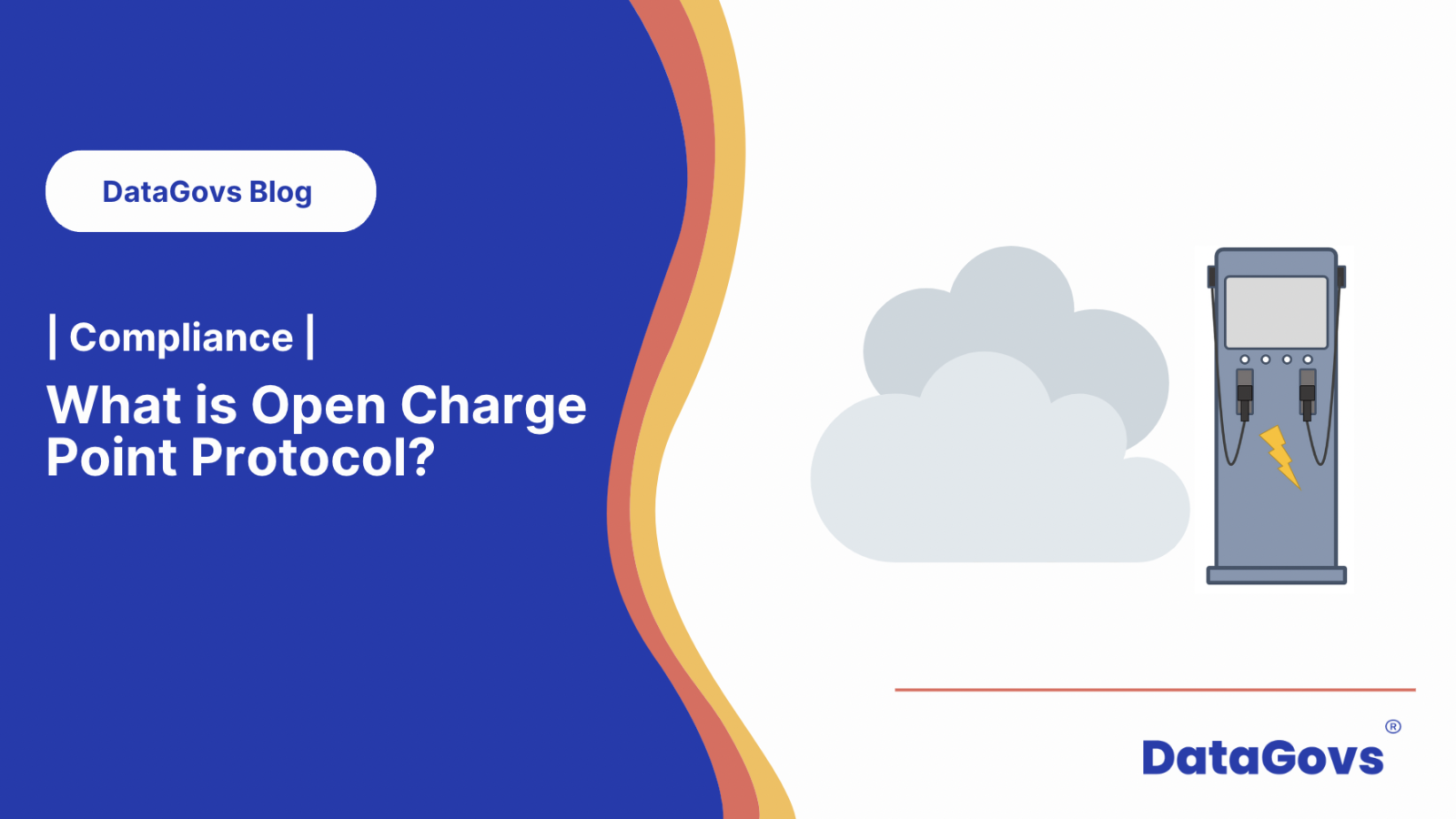What is Open Charge Point Protocol (OCPP)
EV charge point communication with charge station management systems learning about OCPP
Electric Vehicles (EVs) are all over the world and with the adoption of these modes of transportation comes a deeper need for better infrastructure. For drivers, the vehicles, and the countries they operate in charge stations are installed.
The glue to communication between all these systems is software and that is where Open Charge Point Protocol (OCPP) comes into play it is the universal language for streamlining the charging experience.
OCPP Overview
It is an open-source language for network management and charge stations to communicate that was written and published by the Open Charge Alliance (OCA), based in the Netherlands, to promote open standards for EV charging networks globally.
- Summary. OCPP’s role is to make any EV charging station work in a compatible way with any charger management software.
- Compliance. Charge points rely on OCPP compliance to enable charging sessions, manage remote diagnostics, and ensure a secure exchange of data.
- Version. The latest OCPP version is OCPP 2.0.1, which delivers some improvements over OCPP 1.6. The OCPP 1.6 version, as an application protocol, has also been improved to meet current industry standards and is therefore still in use as people slowly adopt OCPP 2.0.1.
OCPP Users
There are 3 different types of roles in the EV charging industry that need to work together to create the best end-user charging experience. Organizations choose to do one, two, or all of the following roles to own a deeper reach in the charging infrastructure.
- Hardware. For electric vehicle supply equipment (EVSE) manufacturing the hardware for the EV chargers themselves is a key area.
- Software. The providers of charging station management systems often called CSM are another.
- Operators. The people that operate the charge points typically own the relationship with customers that drivers see.
OCPP Use Cases
- Software. Charge Station Owners and the networks charge drivers for electricity and manage the electrical load. This means they need to control this through an interface usually through software on the cloud. Software providers handle this.
- Compliance. The language to make sure the systems speak in one standard way is operated by the hardware manufacturer as well as the software provider.
OCPP in the Real World
A typical sequence of events for electric vehicle drivers when they need to charge their car looks like this:
- The driver makes a reservation request for a particular charger prior to arriving at the charging station, typically through a mobile app or through messaging.
- On the backend, this charger is put on hold for the driver.
- As the driver arrives, they identify themselves and the charger authorizes them.
- The charger physically unlocks the connector that the driver plugs into their car.
- The charger starts the charging session.
- The driver enters a nearby store for a cup of coffee and eventually receives a notification that the charging session has ended.
- The driver sets the connector back into the socket and the charger locks the socket.
- The charger triggers a billing event with the driver according to their usage and the CPO’s pricing.
Each of the steps mentioned above utilizes a command/response that is exchanged between the charging station and the CSMS via the OCPP open protocol.
OCPP Conclusion
Thanks to OCPP, there is compatibility across different vendors, systems, and service providers, which in turn allows for more choice in both hardware and software for the consumer. Whether that’s an EV driver buying home chargers, a real estate company installing EV charging stations at apartment or office buildings, or other buyers of EV charge points, OCPP enables a smooth charging experience.
-
Accessing OCPP-Compliant Chargers Over the Internet.
-
For EVSE manufacturers, CSMS providers, and CPOs to be able to function on their own and with each other, they need reliable connectivity in all the places they operate or want to expand into.
-
